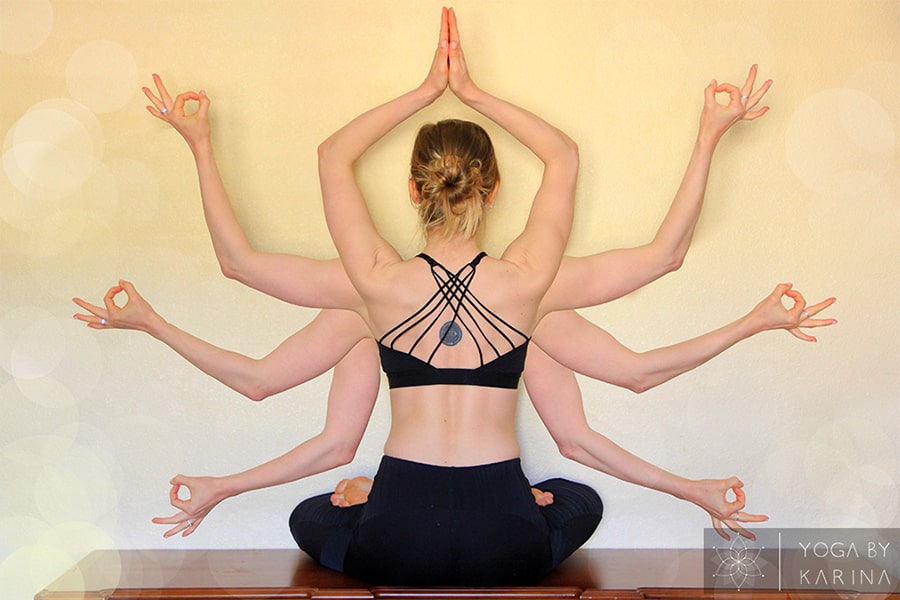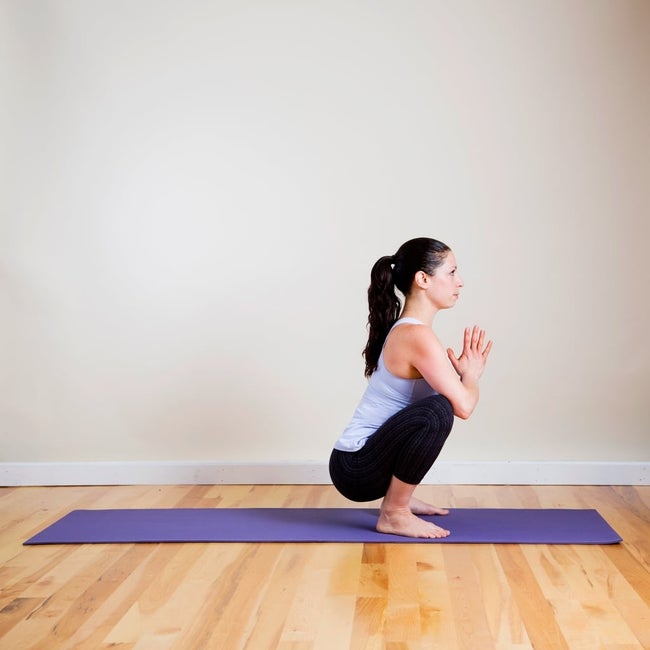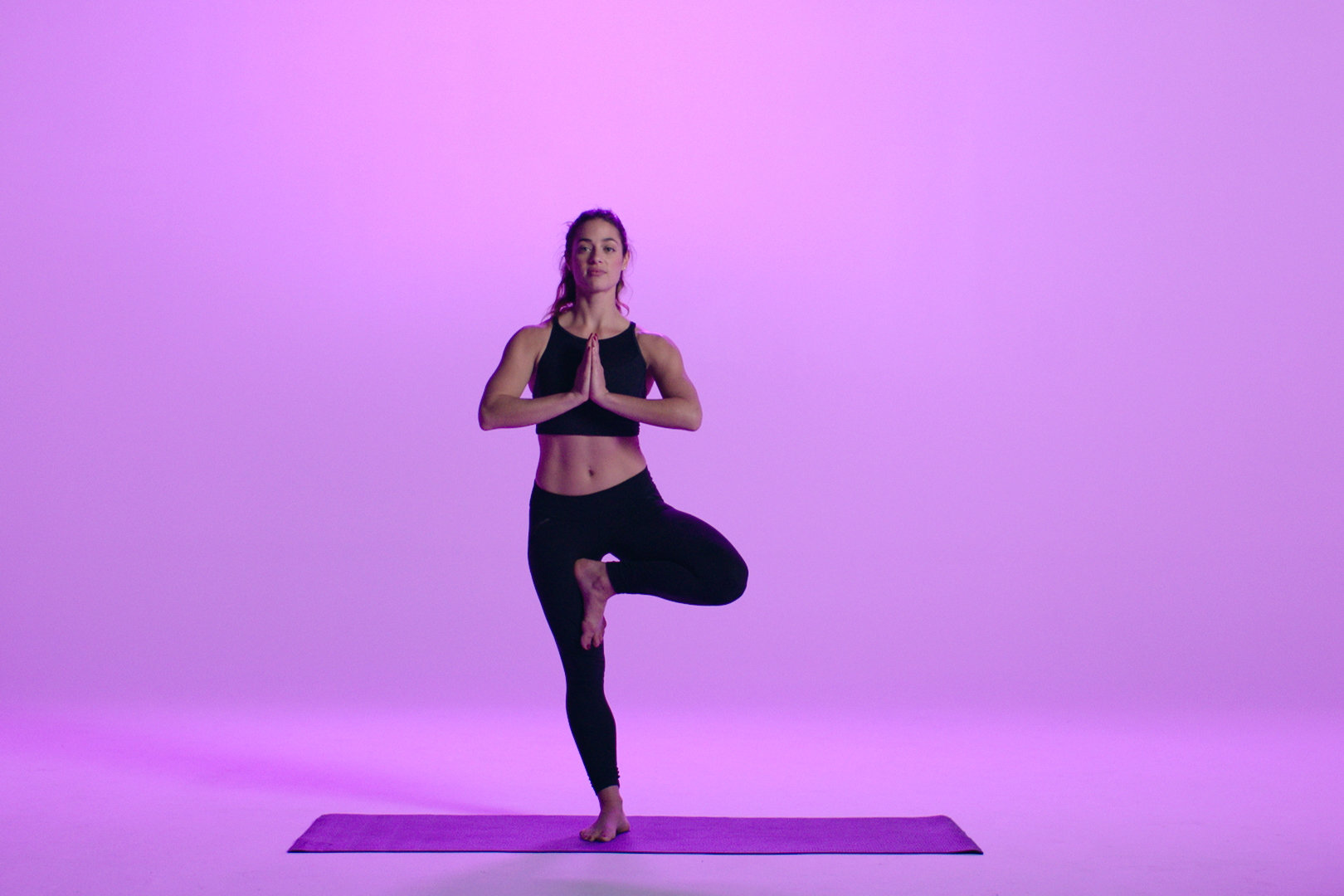
"Yoga for beginners" is the term used to describe a beginner's understanding of yoga poses. Yoga can improve posture, increase flexibility, and de-stress the body and mind. Originating in India, yoga can be found all around the world. Online yoga classes for beginners are available, so you don't have to go to a gym or teacher’s studio. You can learn yoga poses from the best teachers online without the hassle of finding a class.
Yoga for beginners: Disadvantages
Yoga is an ancient practice with several health benefits, including relaxation and strength. Yoga can improve flexibility, balance your mind, and strengthen bones and muscles. These benefits do not apply to beginners. Even those who are not in the best shape can still benefit from regular yoga practice. Forward bends and backbends are the most commonly used yoga poses. You can feel better even if you only do a few minutes of yoga per day.
Ways to perform yoga
Yoga practice requires you to do breathing exercises. They can reduce stress, calm the mind, and relax the nervous systems. Diaphragmatic or abdominal breathing, which empties the abdomen, is called diaphragmatic. These techniques can improve your breathing and teach you advanced yoga breathing techniques if they are practiced regularly. This article will show you how to properly breathe in yoga. For beginners, you can start with simple breathing exercises and then progress to more challenging ones.

Basic yoga poses
If you're just starting out in yoga, the first few poses to learn are the most important. A safe and enjoyable experience in yoga is possible by being aligned correctly. These basic yoga poses are also possible to learn at home. You can do the child's position at any point during class. Below are the most commonly used poses for beginners. These poses are easy to master if you follow these tips.
Some places to practice yoga
There are many places to practice yoga for beginners, but you must find a space that's suited for the purpose. It should have enough space for your yoga mat and be at most seven square feet. Visual cues are helpful in delineating this space. It is important to dress appropriately for yoga classes. It is important to disconnect your cell phone from the classroom before starting yoga. Chanting Om is optional.
Ashtanga yoga
Ashtanga yoga, a fast-paced and dynamic form of yoga, combines meditation with physical exercise. Students start with the Sun Salutations. They then progress to standing or seated poses. Each lesson becomes harder, so it is easy for students move at their own pace. Beginning students may find it difficult, and may consult a teacher before attempting this method. However, if you're interested in learning this style of yoga, there are several beginner-friendly Ashtanga yoga books that can guide you through this dynamic style of fitness.
Iyengar yoga
Iyengar yoga is a style of ashtanga yoga that focuses on body alignment and precision. This style of yoga helps beginners achieve their goals by using props. If you are feeling unwell or have suffered an injury, it is a good idea to consult your doctor. Ashtanga is a gentle form of yoga that beginners should learn, since it can be more difficult for them to master the poses.

Kundalini yoga
Among the most popular poses in Kundalini yoga, the seated position, is particularly helpful for beginners. It opens up the heart and allows for more oxygen to the lungs. It calms the mind by allowing it focus and awareness of the world around him. This style of yoga can be fun for beginners. You can learn more about Kundalini yoga by taking a few classes.
FAQ
What music is played in a yoga class?
Many yoga studios play soft instrumental music during class. This is done in order to foster learning.
Some studios prefer more upbeat music such a hip-hop or jazz.
Be mindful of what you listen to. Music can distract us sometimes from our practice.
What foods should you avoid after doing yoga?
Avoiding certain foods may reduce your energy levels. It may also cause you to feel bloated or have stomach cramps. You might feel tired after the practice.
What are the different types of yoga?
Bikram Yoga, also known as Bikram heated yoga, is the most common type of yoga. Other forms include Hatha, Ashtanga, Vinyasa, Iyengar, Kundalini, Yin, Power Yoga, Flow Yoga, Reiki, Pilates, Restorative, Aerial, etc.
I do already engage in some type of physical activity. Is yoga still a good option?
Yes! Yes! Yoga can improve your training results, even if you're not very active. Yoga can be combined with other activities like running, cycling, lifting weights, and swimming to achieve greater results.
This is because yoga helps to improve your ability to concentrate on breathing and burn calories more quickly.
Yoga can also help you increase your endurance. No matter your level of experience, yoga can bring you the benefits.
Is yoga safe enough for everyone?
Yoga is safe for all age groups, genders, races, abilities and abilities. Yoga has been widely practiced for thousands without side effects.
You should consult your doctor if there are any health conditions you may have before beginning an exercise program.
What happens if my practice of yoga is discontinued?
It's common to lose interest in an activity over time. Yoga may cause stiffness in your body if you stop regularly practicing it. Stiffness can be caused by lack of exercise, poor posture, or simply aging.
If you find it less flexible over time, consider retaking a few classes. Also, make sure you're keeping up with your daily routine. Exercise helps strengthen your bones and muscles, so ensure you get enough sleep and eat well.
Is yoga associated with side effects?
Yoga, like all types of exercise, has its own risks. The biggest risk is injury. Be sure to learn how to do each pose safely.
If you are just beginning yoga, you might feel dizzy when standing on the head.
This happens because of blood pooling in the brain. This sensation will quickly go away, but don't panic.
Do downward-facing dogs if you experience chest pains. Don't hold your breath. You'll only increase your heart rate and make things worse.
Statistics
- Lock in 25% off your Founding Member rate. (corepoweryoga.com)
- A 2020 review of 27 studies (1,805 total participants) of yoga interventions in children or adolescents found reductions in anxiety or depression in 70 percent of the studies, with more promising results for anxiety. (nccih.nih.gov)
- Gentle yoga has been shown to ease some of the discomforts of tender, swollen joints for people with arthritis, according to a Johns Hopkins review of 11 recent studies. (hopkinsmedicine.org)
- The people in the yoga group were 37 percent more likely to have quit smoking by the end of the 8-week program. (nccih.nih.gov)
- About one in seven U.S. adults practiced yoga in the past 12 months, according to a 2017 national survey. (nccih.nih.gov)
External Links
How To
Is yoga a good fitness exercise?
Yoga isn't just for people who want to lose weight. Yoga can help you improve flexibility, balance and coordination as well as strength, focus, calmness, and coordination.
Yoga is not just exercise; instead, it's an art form. The poses can be used to relax or meditate. These poses help improve our posture, concentration, breathing, and overall health.
A "yogi" is someone who practices yoga. Yogis follow various forms of yoga, including Hatha, Ashtanga, Iyengar, Vinyasa, Bikram, Kundalini, Yin Yang, and Restorative.
Although there are many styles of yoga, they all share the same goals. Each type focuses differently on health and wellbeing. You can choose from meditation, pranayama or Hatha yoga.
You don't need any equipment for some yoga exercises:
-
Sun Salutation – The series of 12 positions starts with forward bend followed by 10 poses.
-
Warrior Pose - While holding a stick or staff, a warrior pose is done.
-
Triangle Pose-This pose requires you to lift one leg behind you while bending at the knee.
-
Standing Forward Bend – This is a pose where you sit on the ground with your legs straightening and then fold forward at the waist.
-
Seated Twist - This pose is performed while seated on a chair or mat.
-
Cobra Pose - This pose is performed lying flat on your back with arms overhead.
-
Child's Pose - This pose is done while lying face up on the ground.
-
Cat/Cow Pose: This combination of a cow and cat pose is called the Cat/Cow Pose. Keep your head down and raise your upper body above the ground. Roll over on your back and place your hands underneath your shoulders.
-
Head Tilt--This pose requires that you tilt your head back with your eyes closed.
-
Shoulder Stand – This position is where you stand upright while your arms are raised above and feet are raised above the neck.
-
Tree Pose - This pose is achieved while kneeling on your knees with both hands placed underneath your shoulders.
-
Bow Pose- Bend forward from your hips into bow pose and place your hands on to the ground.
-
The corpse pose is held for five to ten minutes.
-
Mountain Pose- You can call this mountain pose because your spine is straight up and you are tall.
-
Legs Up the Wall Pose- This pose can be achieved by hanging upside-down at a wall.
-
Side Angle Pose: This pose involves leaning against a wall, putting your right hand next to the wall, and then extending your left arm.
-
Plank Position - This position is achieved when you lie flat on your stomach and extend your left arm and right foot away from each other.
-
Bridge Pose – This is a pose where you balance on your elbows, and toes.
-
Reverse Table Top - This position is achieved by lying on the stomach and reaching your arms towards your ceiling.
-
Handstand - This pose requires balance and strength. To do this pose, you can either hold yourself between two walls or a door frame.
-
Half Moon Pose also known as Hero Pose. It's performed by standing on both your hands and toes.
-
Headstand (or Hold) - This requires strength and balance. You can perform this pose either on a wall or using a doorframe.
-
Forearm Balance – This is a pose where your forearms rest on a tabletop.
-
Spinal Twist – This position is where you lie on your stomach while reaching for your arms.
-
Supported Bound Angle Pose - This pose requires support and balance. To support your body, you will need to locate a strong object such as a tree branch or an old beam.
-
Wide Leg Forwardfold - To achieve this pose, spread your legs apart while touching your toes.
-
Single Pigeon Pose: This is a variation of the forward-folding wide-leg position, but with only one leg.
-
Extended Puppy Dog Poses-This pose is extremely relaxing. You can do this by extending your legs and bending your knees.
-
Situated Forward Bend – This pose allows you to sit cross-legged while stretching your calves.
-
Crow Pose: This pose is very difficult, but it's rewarding once you get the hang of it. You do this by raising your arms high above your head and lowering them to the floor.